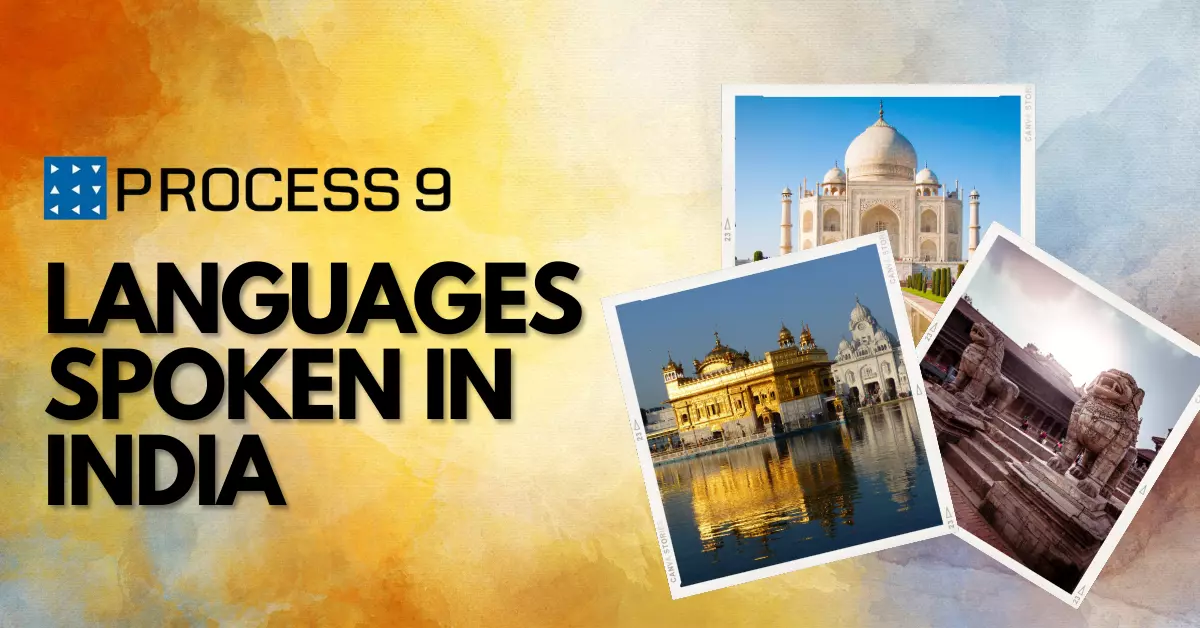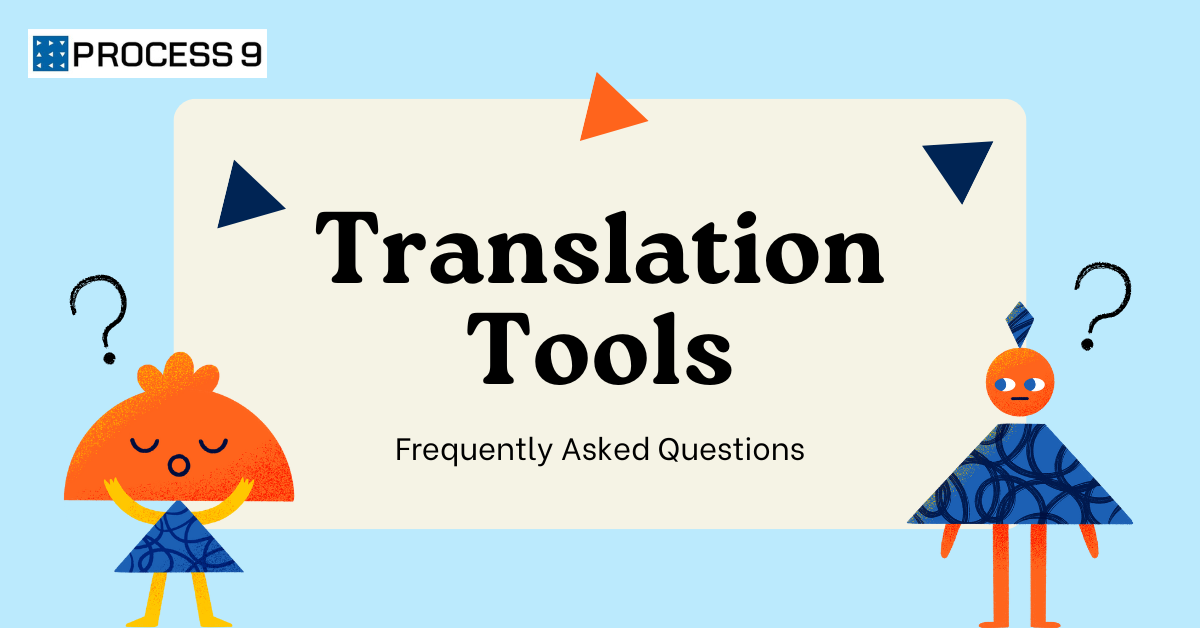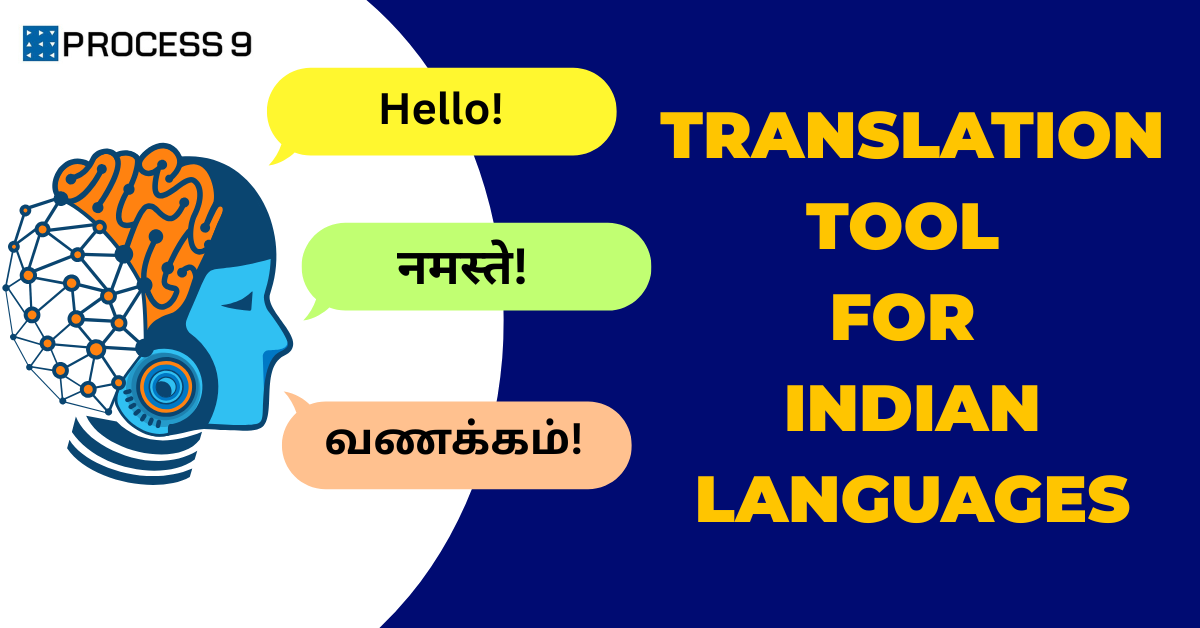India has always been the fountainhead of diversity. Be it the diversity of religions, pantheons, cults, traditions, cultures, races, traditions, architecture, or languages, India has been the land of diversity since time immemorial. This diversity manifests itself in the large number of languages spoken in India.
If you are wondering how many languages there are in India, the answer is far more than the 22 official languages. Yes, you read that right!!! There are hundreds of languages spoken in India. Keep reading to learn more about these languages.
As per the 2011 census, there are as many as 19500+ mother tongues or languages spoken in India. As per The Official Languages Act 1963, Hindi in Devanagari script is the official language of the Union of India. As per the same act, English is the ‘subsidiary official language’ of the Union of India.
The languages spoken in India belong to the four prominent language families:
- Indo-Aryan Languages: This group contains languages spoken in India’s northern, western and eastern parts. Languages like Hindi, Assamese, Bengali, Gujarati, Marathi, Punjabi, Rajasthani, Sindhi, Odia and Urdu, among others, come in this language family. Around 74% of Indians speak these languages.
- Dravidian Languages: Languages of this family are spoken in South India. The four major languages of this group are Telugu, Tamil, Kannada, and Malayalam.
- Sino-Tibetan Languages: The languages belonging to this group are spoken in the Himalayas, Assam, North Bengal, North Bihar, and the entire Northeast region of India (Seven sister states and one brother). Languages such as Sikkimese, Bhutia, Ladhakhi, Garo, and Bodo fall in this group.
- Austric Languages: Languages like Sathali and Khasi are classified in this group. These are spoken in Central, Eastern, and North-eastern India.
The 22 Official Languages of India:
One should not mistake Hindi for the mother tongue of India. Hindi is the official language of the Union and also the most widely spoken Indian language. The Eighth Schedule of the Constitution contains as many as 22 languages. These 22 languages are often termed the Official Indian languages. Hindi is one of these 22 languages. Despite being the subsidiary official language, English is not a part of Schedule 8.
Read on to learn about the 22 official languages of India:
- Assamese
- Bengali
- Bodo
- Dogri
- Gujarati
- Hindi
- Kannada
- Kashmiri
- Konkani
- Malayalam
- Manipuri
- Marathi
- Maithili
- Nepali
- Oriya
- Punjabi
- Sanskrit
- Santhali
- Sindhi
- Tamil
- Telugu
- Urdu
You would be surprised to know that although the states in India may use these languages for official purposes, the use of these languages is optional for the states. For example, the official language of Tripura is Kokborok (belonging to the Sino-Tibetan Family), which is not listed in Schedule 8. Similarly, Puducherry has chosen the French language for its official use and Mizoram uses Mizo for the same. Interesting right!!
Most Spoken Languages in India
So, how many languages in India? As per the 2011 census conducted by the Ministry of Home Affairs, as many as 19500 mother tongues or languages are spoken in India. Of these, 270 languages or mother tongues have a speaker base of more than 10,000 speakers. 123 languages or mother tongues included in this group are classified as the scheduled languages in the Indian constitution. You would be surprised to know that there are 147 non-scheduled languages also. These are the total languages in India.
Regarding speaker base, Hindi is the single largest spoken language in India, with a speaker base of 528 million individuals (43% of the total population). Hindi is followed by Bengali, with as many as 97.2 million speakers. Then comes Marathi- the third most-spoken language in India.
The 10 Most Spoken Languages in India
Want to learn about the 10 most spoken languages in India? Read on to discover.
Hindi
Hindi is the most widely spoken language in India. There are as many as 528 million speakers of Hindi in India, which makes up more than 43% of the total population of India. As per the Official Language Act of 1963, Hindi is one of the two official languages of the Union of India.
Additionally, Hindi is the third most widely spoken language and the fourth most commonly spoken native language globally. The “Hindi-Heartland” of North India is the single largest region for native speakers of Hindi.
As per the 2011 census, between 2001 and 2011, Hindi emerged as the fastest-growing language in India, growing at the rate of 25%. As a lingua franca or language of the medium among various states, Hindi added 100 million new speakers in India.
No doubt why as many as Nine states in this region of India designate Hindi as their official state language. Hindi comes from the Indo-Aryan family of languages.
Hindi is also widely used as the language of medium or lingua franca in India and several other countries like Mauritius, Fiji, Suriname, Guyana, Trinidad & Tobago, and Nepal.
Bengali
Bengali, also known as Bangla in popular culture, is only second to Hindi when it comes to being the most widely spoken language in India. In India, there are around 97.2 million speakers of Bengali, most of whom reside in the Indian state of West Bengal and Assam. These Bengali speakers comprise more than 8% of the Indian population. It is also the official state language of West Bengal.
Bengali is also the official national language of Bangladesh. More than 98% of the population of Bangladesh speaks Bengali. There are more than 265 million speakers of Bengali worldwide, making it the 7th most spoken language and 5th most widely used writing system in the world.
Marathi
Marathi is the third most spoken language in India. With around 83 million speakers, 6.86% of the total population of India speaks Marathi. It is also the official state language of Maharashtra. Marathi also happens to belong to the Indo-Aryan family of languages. There are as many as 42 different Marathi dialects, making it a linguistically diverse language. It is a west Indian language.
Worldwide, there are around 90 million speakers of Marathi. Being widely spoken all across Maharashtra, Marathi has always had its influence on the Bollywood film industry.
Marathi has also been the major contributor to what is known today as “Bambaiya Hindi” or Hindi spoken in Mumbai.
Telugu
Belonging to the Dravidian language family, Telugu has 81.1 million speakers in India, making up 6.70% of the total population of India. Telugu is also the 15th most-spoken language in the world.
Andhra Pradesh and Telangana have adopted Telugu as their official state languages. Telugu is one of the oldest languages spoken in India.
It also has a vibrant classical literary tradition. The Government of India in 2008 declared Telugu to be one of the Classical languages of India.
Tamil
Tamil is the 5th widely spoken language in India. Being one of the oldest languages of India, Tamil has a speaker base of more than 69 million speakers (5.70% of the Indian population). Having one of the largest and richest literary traditions like Tamil Sangam Literature, the Government of India designated Tamil as one of the classical languages of India.
The majority of Tamil speakers reside in Tamil Nadu, where Tamil is also the official state language. Tamil is also widely spoken and understood in other countries like Singapore, Malaysia, Myanmar, South Africa, the United States, Mauritius, and Sri Lanka.
Gujarati
Being the state language of Gujarat, Dadar and Nagar Haveli and Daman, and Diu, Gujarati has an extensive speaker base of 55.4 million. The Gujarati-speaking population is around 4.85% of the total Indian population. The language is part of the Indo-Aryan language family.
Thanks to the widespread Gujarati diaspora worldwide, it is one of the fastest-growing languages worldwide.
Urdu
Urdu is the standardized form of the traditional Hindustani language. It is widely spoken in various parts of India like Jammu & Kashmir, Telangana, Delhi, Uttar Pradesh, and Bihar. India has more than 50 million speakers of the Urdu language. It is also called the language of “Sher-o-Shayari” or admirable poetry. Urdu is the only boustrophedon language (written from left to right) included in the Eighth Schedule of the Indian constitution.
Urdu is the official language of Pakistan and is also widely spoken in various other countries like Britain, Canada, the USA and the Middle East. Urdu has more than 100 million speakers worldwide.
Kannada
Kannada is the official state language of Karnataka. Belonging to the Dravidian family of languages, the language is also known for its rich literary traditions. The Government of India declared Kannada as one of the classical languages of India in 2008. There are 43.7 million Kannada speakers in India.
Odia
Odia is the official state language of Odisha. It comes from the Indo-Aryan family of languages. There are about 37.5 million Odia speakers in India, primarily residing in Odisha and West Bengal. It was declared one of the classical languages of India in 2014.
Malayalam
Malayalam belongs to the Dravidian language family. Malayalam speakers majorly reside in Kerala, Lakshadweep and Puducherry. It is also the official state language of Kerala. There are around 34.8 million Malayalam speakers in India. It was declared one of the classical languages of India in 2013.
Linguistic Diversity in the 5G Era
With the advent of the internet, linguistic diversity in India, if anything, has witnessed tremendous growth. With the rollout of the 5G services, this process will further accelerate in 2023 and beyond.
Mass penetration of the 5G services across India in the 21st century will not only create a positive outlook for linguistic diversity but will also determine how rapidly and diversely we browse the internet in our own languages.
The internet is no longer out of common men’s reach and not everyone is well-versed in English. This has led businesses to modify their ways of reaching the 1.4 billion Indian market in local Indian languages.
Website Localisation: A Prerequisite in The 21st Century
The need for website localization reflects the need of the hour for businesses and startups to reach their target audience. The internet in India is heavily dominated by the English language, whereas 9 out of 10 Indians are non-English users. This is the reason why language localization for websites and apps is an essential prerequisite for businesses in India.
Process 9 has been in the language localization industry for years, providing digital asset localization services including but not limited to Website & SEO Localization, App Localization, Neural Machine Translation API, and Multilingual Ad Campaigns, among others.
Our product, “MoxVeda,” provides a one-stop solution for the language localization requirements of businesses. It enables a fluid translation of websites and apps to the language of your choice without requiring any backend or front-end changes. The platform has been a breath of relief for businesses, reducing their operational costs and increasing efficiency in reaching the target audience. It offers 360-degree compatibility and synchronization across languages.
With MoxVeda, you are always in complete control of your website, hallmarked by reliability, language synchronization, universal compatibility, hosting service, and efficiency.







Share: